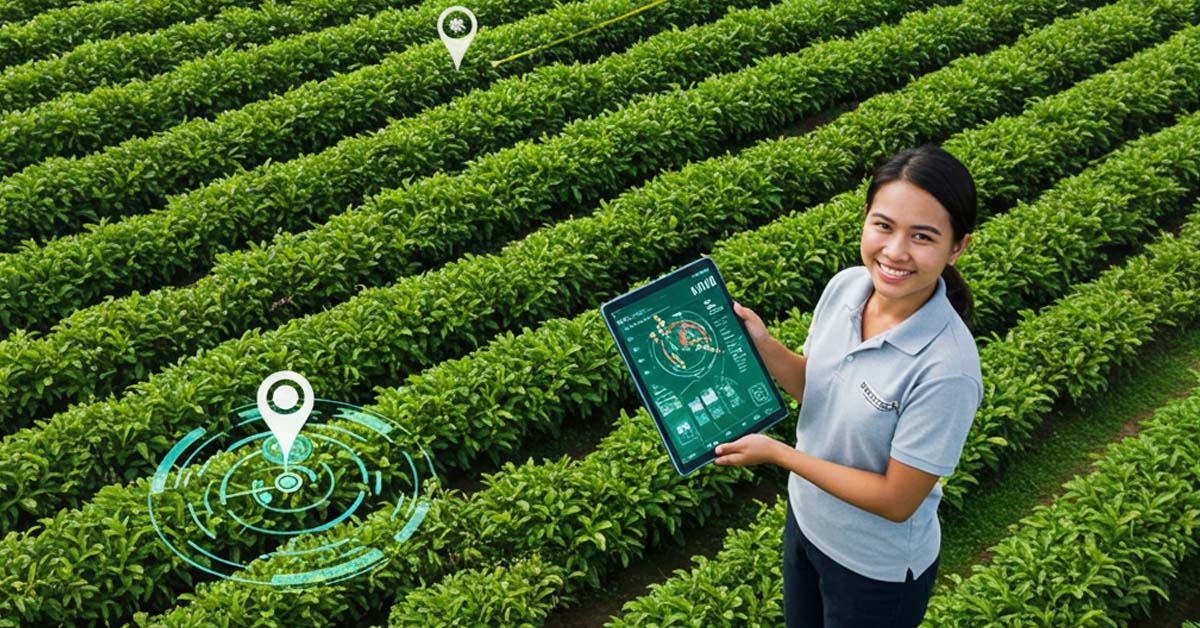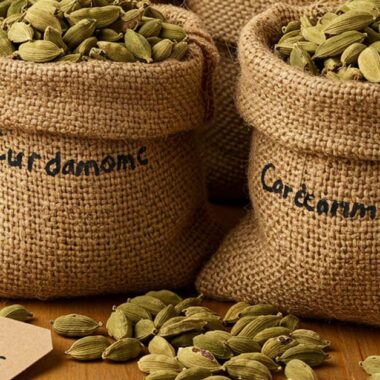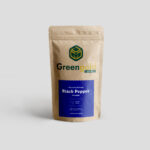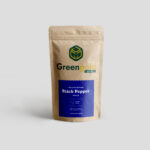Cardamom farming is highly dependent on climate, soil conditions, and timely disease detection. However, traditional monitoring methods can be time-consuming and inaccurate. 🌱💦
Enter satellite technology—a game-changer for precision farming! 🚀 By using high-resolution satellite imagery, cardamom farmers can monitor their crops efficiently and sustainably. Let’s explore how satellite data is transforming cardamom farming! 🌍📡
🌿 1. Early Detection of Plant Stress
❌ The Problem:
Cardamom crops can suffer from drought, nutrient deficiencies, and pests before visible symptoms appear.
🛰️ Satellite Solution:
✅ Thermal imaging detects water stress before leaves wilt 🌡️
✅ Multispectral imagery spots early signs of pest attacks & nutrient deficiencies 📊
✅ Infrared sensors identify chlorophyll levels, revealing plant health 🍃
🚀 Future Possibility: AI-powered satellites that automatically send alerts to farmers about plant health issues!
🌧️ 2. Accurate Weather Predictions for Better Planning
🌦️ Why It Matters
Unexpected rainfall or drought can reduce yield and damage crops. Farmers need precise weather forecasts to make better decisions.
🛰️ How Satellites Help:
✅ Real-time weather tracking warns farmers of heavy rains or dry spells 🌩️
✅ Satellite climate models predict seasonal temperature trends 📉
✅ AI-powered forecasts help optimize irrigation & fertilizer application
🚀 Future Possibility: Satellites linked to AI-driven farm management apps for automatic irrigation adjustments!
🦠 3. Disease & Pest Outbreak Prevention
🛑 The Challenge:
Cardamom plants are vulnerable to fungal infections & insect infestations. By the time farmers notice, the damage is already done.
🛰️ Satellite Benefits:
✅ Detects changes in plant color & canopy density (early disease signs) 🎯
✅ Tracks insect migration patterns to predict outbreaks 🐛
✅ Suggests precise pesticide application only where needed (saving costs & reducing chemical use)
🚀 Future Possibility: Satellites with AI-powered disease identification that automatically suggests organic treatments!
💧 4. Smart Irrigation & Water Management
🌊 Water Scarcity Issues
Cardamom requires moist soil, but over-irrigation can cause root rot & fungal infections.
🛰️ How Satellite Data Helps:
✅ Soil moisture sensors in satellites track water levels in real-time 💦
✅ AI-powered analytics optimize irrigation only when needed 🚜
✅ Prevents water wastage, improving sustainability & efficiency
🚀 Future Possibility: Smart farms where irrigation is fully automated using satellite-controlled AI!
📍 5. Mapping the Best Land for Cardamom Cultivation
🌍 Why Land Selection is Important
Not all land is suitable for cardamom farming. Altitude, soil type, and climate affect yield.
🛰️ How Satellites Help:
✅ Identifies fertile land based on soil nutrients, temperature, and rainfall history 🏔️
✅ Tracks deforestation & land degradation to promote sustainable farming 🌱
✅ Helps farmers choose the best regions for planting new crops 📍
🚀 Future Possibility: AI-driven maps that automatically suggest the best locations for new cardamom farms!
🏷️ 6. Ensuring Fair Trade & Supply Chain Transparency
🤔 The Challenge:
Consumers demand ethically sourced cardamom, but supply chain fraud exists.
🛰️ The Solution:
✅ Satellite tracking monitors whether cardamom is grown on legal, sustainable farms 🛰️
✅ Blockchain integration ensures transparent tracking from farm to market 🔗
✅ Boosts farmer profits by proving organic & fair-trade certification 🌿
🚀 Future Possibility: A blockchain-powered, satellite-tracked global cardamom marketplace!
🌱📡 The Future of Cardamom Farming with Satellites
Satellite data is transforming cardamom farming into a high-tech, sustainable industry. Farmers can now detect problems early, optimize resources, and increase yield like never before! 🚀🌍
Want to experience the best-quality cardamom? Visit Greengold Guide for premium, sustainably grown cardamom! 🌿✨













